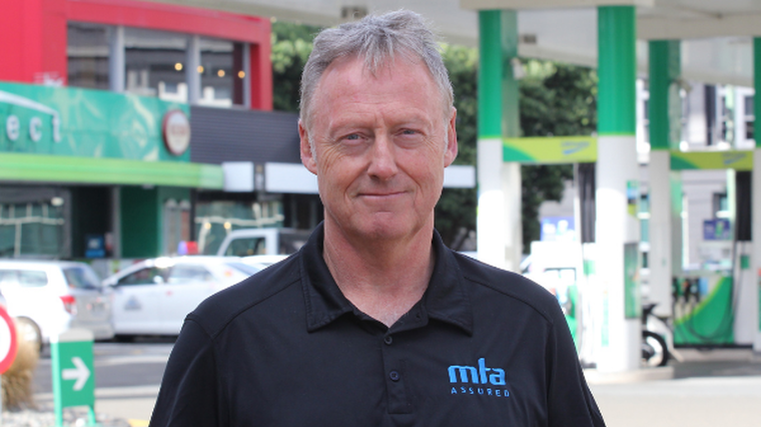Petrol-price pain to keep growing

The Motor Trade Association (MTA) is warning motorists that petrol prices look set to continue to rise and may soon hit $3 a litre for 91 octane petrol.
Its message comes following reports that premium 95 was costing $3/litre in Auckland over the long Waitangi weekend and is close to that mark in Wellington.
The MTA is also urging drivers not to take their frustrations about the climbing cost at the pumps out on people working at service stations.
Ian Baggott, MTA energy and environment sector manager, says it’s important for motorists to understand the bulk of the price they pay for petrol is made up of taxes.
He notes the biggest chunk of the pump price – 52 per cent – is made up of taxes such as fuel excise duty, the emissions trading scheme levy, and GST.
“Another 37 per cent is made up of production and shipping costs,” he explains. “That leaves 10.6 per cent as the wholesaler and retailer margin, out of which they have to pay staff and operating costs, leases, distribution and other costs.
“It’s understandable that motorists feel frustrated – for many people it’s the last thing they need right now.
“But don’t blame the petrol companies, and especially, don’t blame the person behind the counter.”
Baggott, pictured, adds that New Zealand imports most of its fuel either as refined product or crude oil and the price of this commodity on the international market is “out of our control”.
Crude oil prices jumped by about 25 per cent between December and January.
“Covid 19 has also had an impact,” says Baggott. “As countries around the world open up after Covid restrictions, they are resuming normal bulk fuel buying, which puts them at the head of the queue.
“All indications are that due to the rising cost of crude and the weak Kiwi dollar, prices are likely to continue rising here. There is certainly a possibility that we will see $3/litre for 91.
“We would ask motorists to remember that to a very large extent, these increases are beyond the fuel companies’ control – so don’t give the attendant an earful when you’re getting a tankful.”
He notes that New Zealand drivers aren’t the only ones feeling pain at the pump – in Australia costs are approaching A$2/litre, but the tax component there is considerably lower.
FAQS from the MTA
Why are fuel prices so different around the country?
Aside from basic market competition factors, location and distance from the fuel supply terminal can affect price variation across regions. Compare the price of a pint of beer in Hunterville versus what you pay in Queenstown.
How can unmanned self-service stations offer fuel at lower prices?
There are a range of factors here, the main one being staff costs. The average number of staff working at a manned service station in New Zealand is seven. This adds around $250,000 in overheads that an unmanned station doesn’t have.
You can normally access a range of other services at manned stations such as car wash, hot food and drinks, clean toilets, trailer hire, LPG bottle fill and free air to pump your tyres. Providing these additional services all cost money and have to be covered by the margin the retailer makes on selling fuel.
When crude oil prices are low, why doesn’t the reduced prices get passed on to consumers straight away?
In some cases this does occur but is dependent on whether the fuel supplier has forward supply contracts at a competitive rate. Normally, the decision to pass on savings or not is based on the replacement cost of fuel that needs to be bought later.
Think about if you’d just bought something for $100 and had planned to sell it on for $110 to cover your overheads and make a profit. A potential buyer had seen the same item for $90 and thinks $100 is a fair price, would you be willing to make a loss on your initial purchase price just to make a sale?





